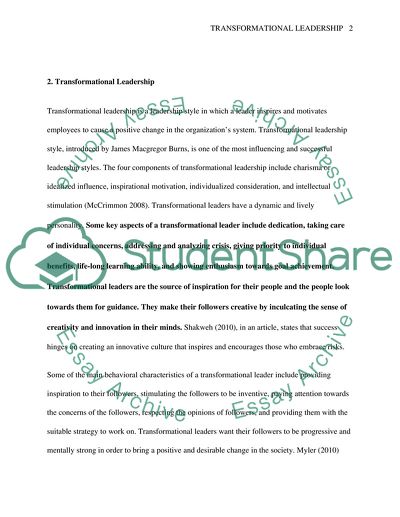Cite this document
(Organisational Performance and Leadership Term Paper - 1, n.d.)
Organisational Performance and Leadership Term Paper - 1. Retrieved from https://studentshare.org/people/1742088-organisational-performance-and-leadership
Organisational Performance and Leadership Term Paper - 1. Retrieved from https://studentshare.org/people/1742088-organisational-performance-and-leadership
(Organisational Performance and Leadership Term Paper - 1)
Organisational Performance and Leadership Term Paper - 1. https://studentshare.org/people/1742088-organisational-performance-and-leadership.
Organisational Performance and Leadership Term Paper - 1. https://studentshare.org/people/1742088-organisational-performance-and-leadership.
“Organisational Performance and Leadership Term Paper - 1”, n.d. https://studentshare.org/people/1742088-organisational-performance-and-leadership.


